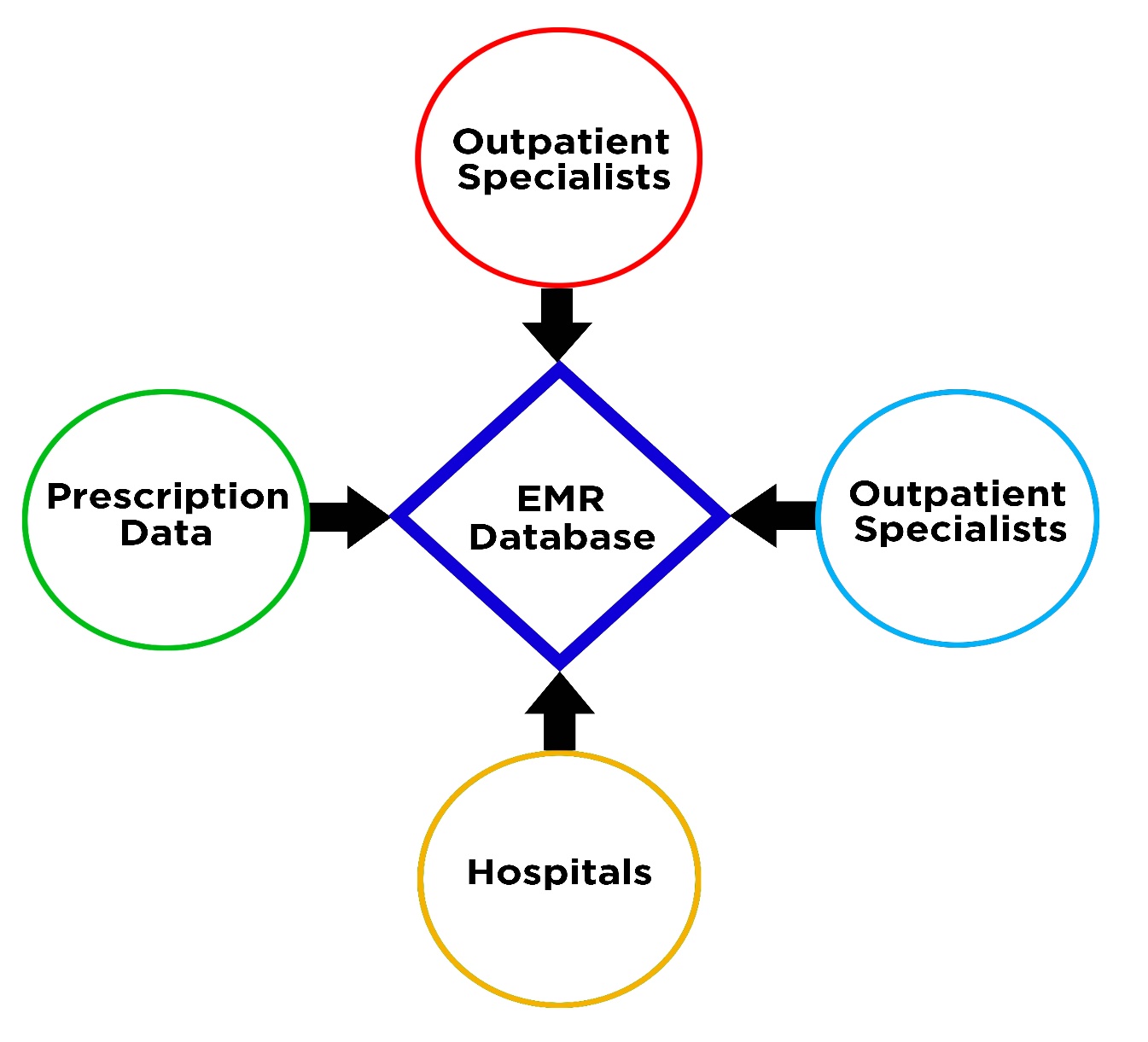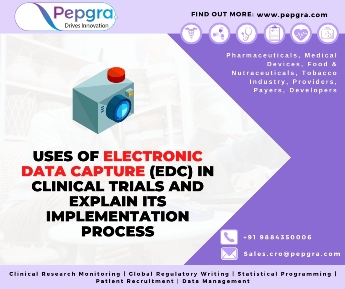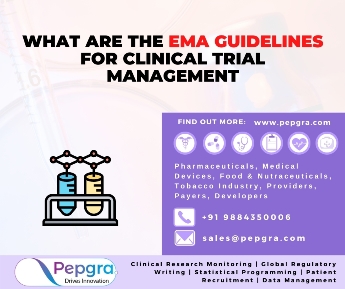Brief:
Have a look at post-authorization safety studies and important pharmacoepidemiological and pharmacovigilance aspects in clinical research in this Pepgra blog.
PASS covers different types and limitations of surveillance programs, such as the use of large databases and disparate data sources for rapid signal detection, as well as novel and advanced design and analysis approach for causal interference from observational information
Introducing Post-Authorization Safety Studies (PASS):
A PASS, an authorization of a study carried out after a medicinal product, to obtain further information on a medicinal product’s safety or to measure the effectiveness of risk-management measures
The purpose of the PASS is to evaluate the safety and benefit-risk profile of a medicinal product and to support regulatory decision-making
The protocols and results of PASS’s access is with the Pharmacovigilance Risk Assessment Committee (PRAC)
Aims of PASS:
- Identify, characterize, or quantify a safety hazard;
- Confirm the safety profile of a medicine; or,
- Measure the effectiveness of risk-management measures.
- PASSs can either be clinical trials or non-interventional studies.
Under the EU legislation, a post-authorization study is classified as a PASS when the main aims for initiating the study include:
- Quantification of risks or providing evidence about the absence of risks
- Evaluation of risks in populations with limited or missing safety data
- Assessment of patterns of drug utilization that gives information on the safety profile
- Measurement of the effectiveness of a risk minimization activity
The British Journal of Pharmacology analysis showed that 74% of PASS had a focus on investigating safety concerns, while 34% focused on drug utilization, and 25% on the effectiveness of risk minimization.
In one-third of the PASS, more than one of these objectives present in the protocol. Some 35% of the PASS had effectiveness endpoints as well as safety ones.
It may reflect the fact that PASS is expensive and long-term commitments for sponsors, with the result that it is desirable to capture routine effectiveness data in the real world.
Concerning the study population, 12% of the overall PASS are of pregnancy registries, and 18% included pediatric patients only. Also, 22% of PASS targeted healthcare professionals, with the great majority of these (94%) aimed at assessing the effectiveness of risk minimization efforts and drug utilization.
Actions to foster PASS collaboration and bridge pharmacovigilance and pharmacoepidemiology
The currently available information on PASS offers critical insights into design and conduct of PASS under the new European pharmacovigilance legislation. The new analysis indicates that there is scope for further improvements in transparency from both regulators and MAH. The EMA could increase the availability of protocol assessments within the EU-PAS, while PASS sponsors could improve access to and documents in the register. The large number of PRAC comments involving in the methodological issues and feasibility concerns should alert PASS stakeholders for the need for improved study design, based on current guidelines and pharmacoepidemiological principles. Looking ahead, it will be vital to building cooperation between PASS stakeholders to support transparent and methodologically sound studies that align with other risk management approaches. This collaborative generation of knowledge will be integral to strengthening the capacity of the EU to deliver better and safer therapies.

Changes in PASS:
Transparency:
The EMA is working on new mechanisms to increase data transparency and compliance by sponsors with ENCePP standards and requirements (code of conduct, checklists, EU-PAS registration). Key will be better promotion of ENCePP Study Seal, a quality mark designed to recognize high standards throughout the research process based on the principles of robust methodologies, transparency and scientific independence.
Methodology:
A considerable number of PRAC comments related to methodological issues and feasibility concerns should raise awareness among PASS stakeholders of the need to design more thoughtful studies, according to pharmacoepidemiological principles and existing guidelines. Currently, most PASS is detailed studies, involving a simple, long-term, descriptive analysis of patients who have taken the drug, with no comparator. Hybrid studies involving both primary and secondary data collection present more frequently in future. Today’s pharmacoepidemiological toolbox offers many additional options, such as the ability to model links between exposure and outcomes. Such approaches could improve the design of PASS. Also, new guidelines for post-authorization efficacy studies (PAES) 8 have just been released, with a final version expected in 2017; this is likely to lead to increasing numbers of requests by regulatory authorities for PAES in addition to PASS. Clinical trial design options for designing of PAES includes explanatory and pragmatic trials.
Definitions:
In the EU Clinical Trial Regulation, the new description of PASS will rise into effect, impacting classification of it. It results in, and some studies classification will be observational studies, resulting in a different review process and pose a challenge for study sponsors in the coming year. Also, when the new clinical trial regulation comes into force, it will become essential to scrutinize possible rules in the ethics committee decision-making across Europe and their impact on the conduct and the implementation of PASS.
Governance:
In future, there will be more joint studies involving multiple products, sponsors, academics and CROs within a therapeutic category. Such tasks will need new governance structures. EU initiatives, such as the IMI accelerates the development of vaccine benefit-risk collaboration in Europe (ADVANCE) project. The EMA initiative for patient registries represents promising opportunities to expand joint efforts using new governance models, with the potential to deliver robust results with statistical significance.
Conclusion
These are the few important topics that every clinical researcher should possess knowledge of post-authorization services. Pepgra has stated many essential aspects and changes in the clinical research field to help healthcare data analytics services.
References:
- Cohet, C., Rosillon, D., Willame, C., Haguinet, F., Marenne, M. N., Fontaine, S., … & Baril, L. (2017). Challenges in conducting post-authorization safety studies (PASS): A vaccine manufacturer’s view. Vaccine, 35(23), 3041-3049.
- Huberlant, B., KWADE, Z., & VAN RIEL, A. N. N. I. C. K. (2011). Post authorization safety studies (PASS); Updated EU regulations. LIFE SCIENCE I TECHNICAL BULLETIN. ISSUE N, 42.






